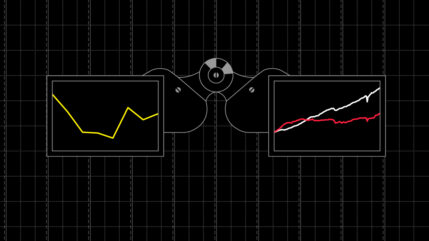“Remember that there is nothing stable in human affairs; therefore avoid undue
elation in prosperity, or undue depression in adversity”
Socrates (469-399 BC)
China has been the miracle of the global economy for the last quarter century. Extraordinary growth in output has transformed the inefficient creation of Mao Tse-tung into a thriving giant. The IMF’s Economic Outlook publication of October 2014 showed that between 1998 and 2014 China’s economy had grown by 9.5% p.a., against a global average of 3.87%. Financial markets of the world are beginning to realise that this cannot continue. China is battling against mathematics.
Growth at 9.5% p.a. will increase the size of an economy by 150% every 10 years. In 2014 the IMF estimated the size of the Chinese economy at $10.36 trillion; 13.39% of world-wide GDP (by comparison, the US economy is $17.416 trillion; 22.51% of GDP). If China grows at 9.5% p.a. for the next 10 years then, by the autumn of 2024, its economic output, in today’s money, would be $25.66 trillion, equivalent to 22.41% of global GDP (assuming total world-wide growth averaged 4% p.a. over the same period). The problem for China is that it is now so big that it is unable to find enough people around the world to buy what it produces. For as long as it keeps producing more than it consumes, and especially because other large economies (Germany and Japan) do the same, there is a surplus of supply chasing a shortage of demand. This is deflationary because the global market, like any other, will drive down the price of goods when supply exceeds demand.
To develop from here, and at a relatively fast rate (although a lot lower than 9.5% p.a.), China needs to become more like the US, and less like an emerging economy that relies on cheap labour and exports to grow. One of the stark differences between the US and Chinese economies is that in the US the consumer accounts for 69% of GDP, and in China the consumer accounts for just 35% of GDP. The Chinese economy has also grown quickly because of the amount of investment in manufacturing and infrastructure, which peaked recently at 48% of GDP. Investment on that scale presupposes extraordinary growth in future demand, which will only happen if China itself begins to consume more.
The transition will be tough for China, but there is cause for optimism. Xi Jinping’s government clearly understands the need to reform its financial system and open China’s capital account. So far, it has resisted pump-priming the economy with even more debt for even more capital expenditure, but it will come under pressure if the growth in jobs creation slows down considerably or, even worse, China enters recession.
In the long-run (and I am always mindful of Keynes’ admonishment that “in the long-run, we are all dead”) China has tremendous potential for growth in the form of increased productivity (Americans produce on average eight times more per head than the Chinese). With private consumption accounting for just one-third of Chinese output, there is extraordinary scope for growth through internally generated demand. The short-term may, however, be a little rough and there will be fall-out for other economies. In its latest review the National Institute of Economic and Social Research (NIESR) highlighted the significant impact of a Chinese “hard landing” on the developed markets, particularly the Euro Area and Japan.
Some economies are less badly affected. India generates most of its demand internally and the US can rely on American consumer demand which is bigger than the entire Chinese economy, and which is about to start spending its windfall from lower fuel and energy prices. I suspect the next major expansion of global GDP will be stimulated by an Indian economy playing “catch-up” with its Chinese behemoth neighbour, but before that happens the world can again fall back on US consumers to keep the engines of growth ticking. God bless America!













